Steel radiators: types of products, main features of
For those who are going to change or install a new heating system, one of the most important issues is the choice of material for manufacturing structures. Steel radiators have been used in our homes for quite some time, but many do not know what advantages and disadvantages this option has. In this article we will consider the types of products and their main features and characteristics.
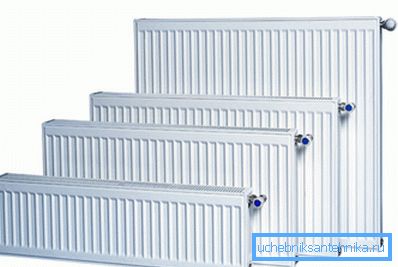
Types of products
We note immediately that there are two basic versions of products, and if tubular structures are not widespread, then steel stamped heating radiators are used everywhere, so we will tell about this variant:
| Type 10 | It is a single extruded panel that does not have convection ribs and facing grids. This option is most often used in kindergartens and medical institutions, as it is very easy to wash it due to the lack of cavities, of course, the price of this option is the lowest |
| Type 11 | In many ways similar to the above solution, the biggest difference is the presence of convection ribs on the back side, thanks to which the heating of the room is much more efficient and much faster |
| Type 20 | This model is a construction of two panels interconnected by tubes, its power is higher than that of the first variant, therefore it is used for large rooms. |
| Type 21 | In this version, one of the panels has a convection grid, which significantly increases the efficiency of the construction. In addition, there is facing of the ends, the upper part represents the grille, and the lateral ones are solid, therefore the appearance of such products is much better. |
| Type 22 | The most popular and demanded among buyers is the model, which consists of two plates, between which there are two convection grids, and the outside structure is covered with facing. This option has an optimal price-quality ratio. |
| Type 30 | It is easy to guess that this modification has three plates without convection elements. This solution is used where convection processes are undesirable, as it raises dust in the room. |
| Type 33 | The most powerful of the options, in which three convection fins are attached to the three panels, its biggest drawback is the greater thickness of the structure |
Note! When choosing one or another modification, we recommend paying particular attention to the manufacturer of the products. It is better to choose products of famous brands that have been on the market for a long time and have a good reputation, since the best raw materials and components are used in their manufacture.
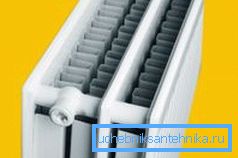
As for the tubular variants, they can consist of two or more rows of tubes through which the fluid circulates, this variant is much more expensive, therefore the demand for it is much smaller. The diagram below shows all the main options that can be found on sale, as regards the width, it can be different depending on the number of edges.
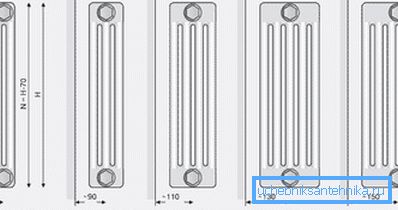
Main design features
To begin, let us see what advantages this product variant has, and then we will consider the main technical characteristics of steel radiators.
Advantages and disadvantages of steel batteries
To begin with, let's look at the main advantages that the use of the product group in question gives.
All types of steel radiators have the following properties:
- Democratic cost of products, This option can be called the most affordable of all, which is why if you want to get a quality heating system for reasonable money, then pay attention to steel structures.
- Low weight elements not only simplifies their transportation and loading, but also reduces the load on the walls when mounting radiators.
- Also it should be noted that the installation instructions are quite simple., and you can easily connect steel heating radiators to communications. The opportunity to do their own hands can save on the services of specialists, and this is a very impressive amount.
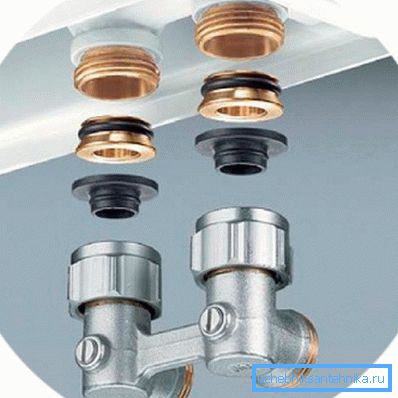
- The designs are so simple that their reliability meets the highest standards., therefore, when operating conditions are met, the batteries will serve you for many years without any breakdowns and failures.
- Indicators of heat efficiency in steel are so high that if you calculate the cost price of a kilowatt of heat, then this solution will be the most economical of all, and it has long been proven by experts. At a low price, the equipment has excellent performance, which is a significant advantage.
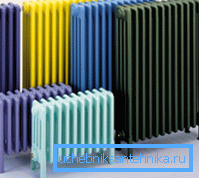
As for products of domestic production, there is a GOST for steel radiators 31311-2005 "heating devices" and if the chosen option meets its standards:
- Products must be made of tape or low carbon steel sheets according to GOST 16523, GOST 9045, GOST 19904;
- The thickness of the radiator wall in contact with water is at least 1.2 mm;
you can not worry about the quality of products.
As for the minuses, then the following should be noted:
- Low resistance to corrosion, especially if there is no liquid in the system, it is for this reason that you should use a high-quality heat transfer agent and not keep the system empty, since because of this construction wear out much faster.
- The working pressure of the products does not exceed 10 Bar, which means that they should not be used in the central heating system. Such structures are best suited for individual heating systems.
Specifications
Now let's look at some indicators that everyone should know who decided to use this option:
- The service life is from 10 to 20 years, but if you monitor the quality of the coolant, the design will continue much longer. It is necessary to pour only purified water (at least it is desirable to boil it) or to use a special heat carrier at all, it not only allows increasing the efficiency of the system, but also has an anticorrosive effect on the material.

- The sizes depend on the modification of the products, but on average the height varies from 20 to 90 centimeters, and the width can be from 30 centimeters to 3 meters. Accordingly, the thickness depends on the type of construction, for example, in type 22, this indicator, depending on the manufacturer, can be from 100 to 130 mm.

- The working temperature of the fluid can be up to 90 degrees, which is quite enough for most systems.
The calculation of steel radiators for heating is very simple, you need to calculate how much power is needed for heating the room, and select one or more batteries with the required total capacity.
If you make a rating of steel heating radiators on the example of a type 22 radiator of size 500x500 mm, then the results may surprise you:
- the highest heat dissipation is 1080 watts from the Belarusian manufacturer Lidey;
- only 1 Watt behind the Italian DeLongs;
- then with the result of 965 W goes Kermi.
At the same time, the capacity of the system in the first variant is 3.3 liters, in the second - 3.1 liter, and in the third - 2.7 liters.
Note! All the above data are taken from the official manufacturers website.
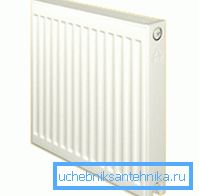
Conclusion
It is safe to say that the option we have considered is very attractive in terms of cost and performance. It is better to use which steel radiators of heating is up to you, all the quality products are about the same. To understand the question in more detail will help the video in this article.